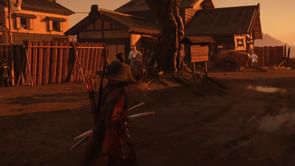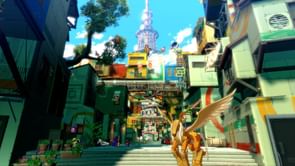
Yes, Starfield uses procedural generation but it is combined with a large amount of hand-built areas.
As a science fiction RPG, Starfield offers players unparalleled freedom to navigate the cosmos aboard their spacecraft, unveiling a multitude of distinctive planets along the way. Its vast universe begs the question of whether any part is procedurally generated, a concept not entirely unfamiliar given No Man's Sky's expansive universe crafted through procedural generation. While No Man's Sky offered players nearly limitless exploration possibilities, it did so at the expense of a more carefully curated experience. Starfield, however, may represent a transformative evolution in the genre.
Are Starfield planets procedurally generated?
Starfield employs procedural generation to breathe life into its expansive universe, a necessity given its array of over 1,000 distinct worlds. While this approach might raise concerns about the depth and hand-crafted detail, it distinguishes itself from titles like No Man's Sky.
Unlike early iterations of No Man’s Sky, Starfield strikes a balance between procedural generation and hand-crafted elements. Rather than delivering a sprawling but soulless galaxy, the game leverages procedural generation to enhance the allure of its hand-crafted planets and meticulously designed interior spaces, showcasing some of Bethesda's finest work.
Starfield's innovative approach focuses procedural generation on planet surface layouts, ensuring that points of interest on these planets emerge from a curated selection of hand-crafted spaces. As a result, several hundred of Starfield's worlds offer meaningful exploration, amplifying the game's immersive qualities and providing players with rich and engaging experiences.
However, this has been something that Bethesda's RPGs have had for quite some time now as they’ve ventured into procedural generation to an extent. The studio's first implementation of this technology was in Oblivion, where it aided in crafting terrains and landscapes. This strategic use allowed the development team to concentrate on meticulously designing interior spaces. The approach worked well and has since been used across all of the studio's subsequent releases since the introduction of Oblivion.
What is procedural content?
Procedural content generation is a method that harnesses algorithms and computational processes to craft digital content, bypassing the need for manual design of every intricate detail. This approach opens the door to an array of limitless variations and unique experiences for players, commonly finding its home in video games to craft expansive realms, lifelike landscapes, intricate levels, and dynamic narratives. The beauty of this approach lies in its scalability, efficiency, adaptability, and the capacity to deliver unexpected and innovative content.
Notable titles such as No Man's Sky, Minecraft, and Spelunky have embraced procedural content generation to sculpt ever-evolving worlds with each playthrough. Starfield also embraces procedural generation, a pivotal element as the game introduces over 1000 playable planets, each boasting its own distinctive terrain, atmosphere, and ecosystem.
How many planets will contain life in Starfield?
Among the expansive roster of over 1,000 planets within Starfield, approximately 10% are teeming with life, setting the stage for players to potentially encounter diverse organisms across roughly 100 distinct celestial bodies during their gameplay journey. This insight was affirmed by Todd Howard during a Kinda Funny interview.
He elaborated on the concept of certain planets residing in the "Goldilocks zone" of a system, fostering conditions suitable for life to flourish. Meanwhile, other planets, though less hospitable in terms of life, compensate with rich resources, providing valuable opportunities for upgrading one's spacecraft or weaponry.
FAQs
A. Starfield's galaxy map is consistent for all players, but when a player travels to a planet, AI-driven construction may result in a slightly different layout for different visitors.
A. No Starfield isn’t bigger than No Man’s Sky. This is because while No Man's Sky primarily uses procedural generation for generating new planets, Starfield employs it to craft diverse planet biomes and terrains, even though its map size is not as vast.
A. Starfield has a frame rate of 60 FPS on PC and 30 FPS on Xbox consoles.









